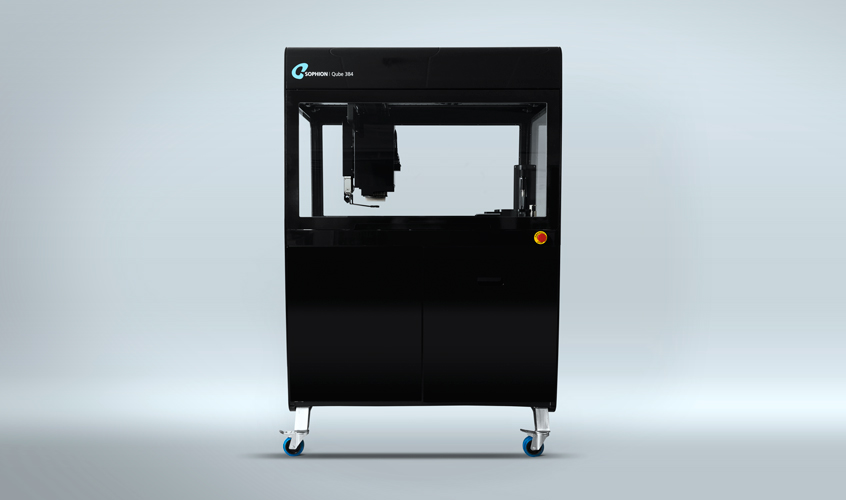
Cav1.2 on Qube 384
For a long time, screening assays on CaV1.2 have been challenged by the tendency of CaV1.2 cell lines to exhibit declining current levels in the course of the experiment. Here we report a robust assay with high success rates and reliable pharmacology.
- Success rates of 91% for Ca2+ currents and 98% for Ba2+ were achieved
- Stable currents with as low as 0.6 ± 1.8% rundown per minute
- Reference pharmacology in accordance with literature values
- Use-dependent and use-independent mode of action distinguished with different voltage protocols
The voltage-sensitive L-type Ca2+-channel (LTCC) CaV1.2 is a crucial component for controlling intracellular activity and thereby essential in the cardiovascular and neuronal system. It is widely expressed in vascular smooth muscle tissue and the heart muscle 1-3. The opening of the channels leads to an increase of intracellular calcium, which act as second messenger, and thereby affects a variety of cellular processes 4 including heart muscle contraction and CaV1.2 is therefore an important target in e.g. safety pharmacology screening. CaV1.2 channels are known to require a large depolarization for their activation and once activated they display a long-lasting current flow, which typically can be blocked by low micromolar concentrations of e.g. dihydropyridines, phenylalkylamines and benzothiazepines 5,6.
In these studies, currents from HEK-hCaV1.2 were recorded on the high-throughput platform Qube 384 in both single-hole and multi-hole mode. Success rates, IV characteristics and the pharmacological effects of three different compounds were determined.
